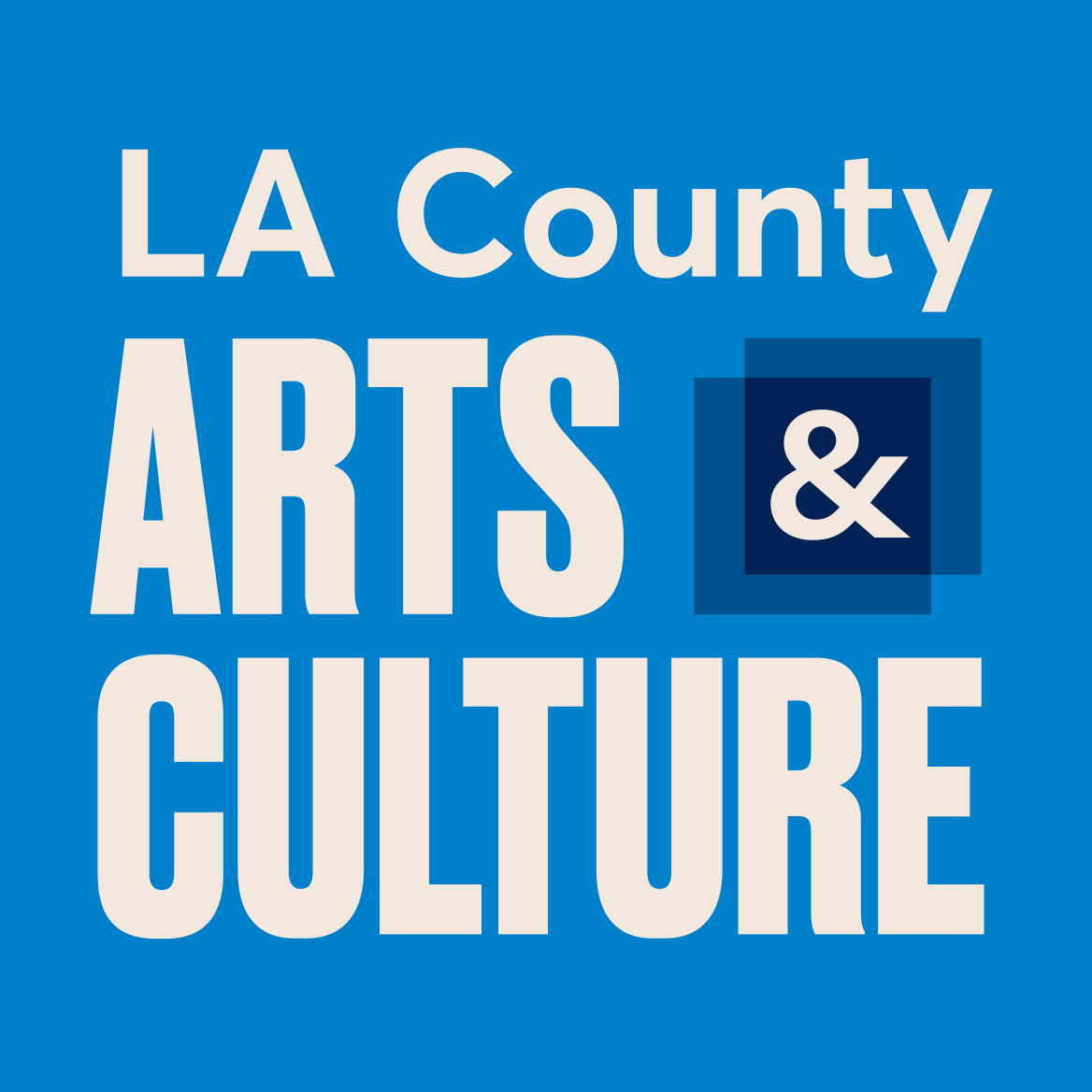Publications
E-News Sign Up
Sign up below for the latest news and updates!
The mission of the Los Angeles County Department of Arts and Culture is to advance arts, culture, and creativity throughout LA County. We fulfill our mission by providing services and support in areas including grants and technical assistance for nonprofit organizations; professional development opportunities; commissioning civic artworks and managing the County’s civic art collection; implementing countywide arts education initiatives; research and evaluation; career pathways in the creative economy; free community programs; and cross sector creative strategies that address civic issues. This work is framed by the County’s Cultural Equity and Inclusion Initiative and a longstanding commitment to fostering access to the arts.


Sign up below for the latest news and updates!